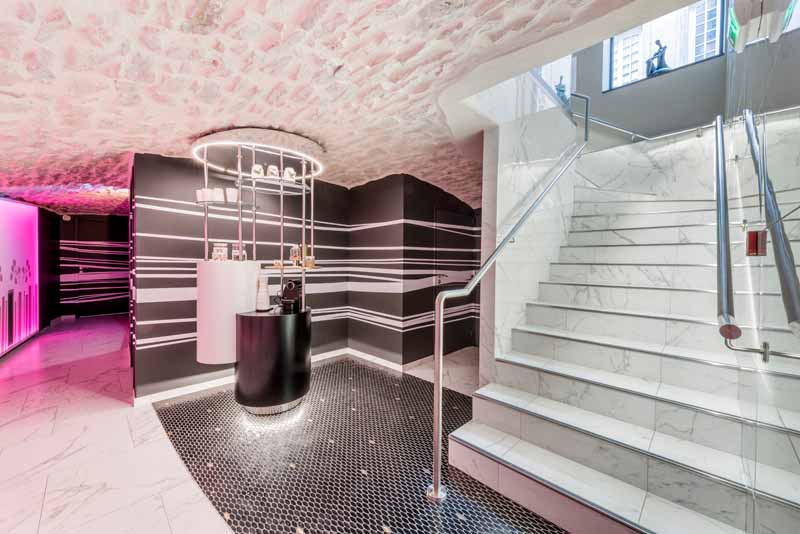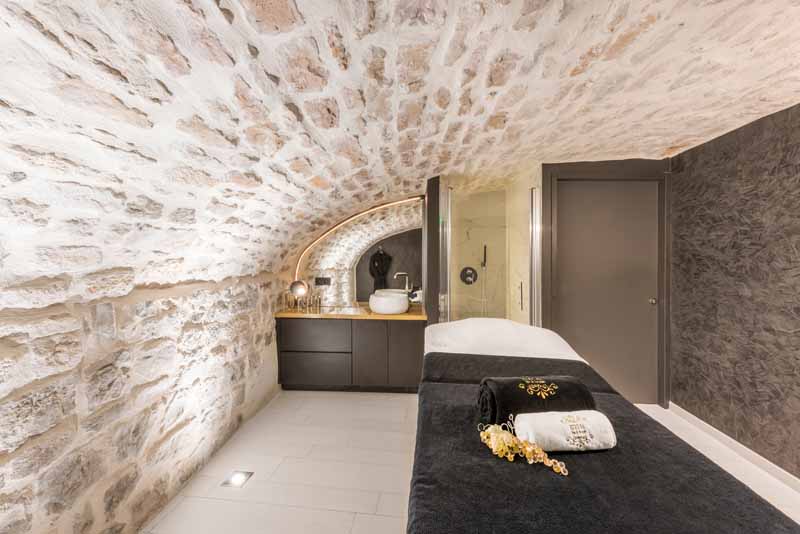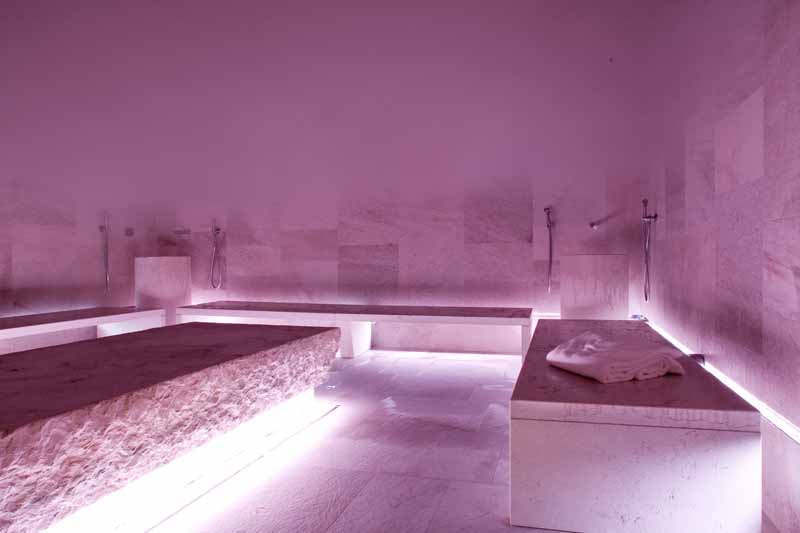
The design of your spa can make or break your success. You want your guests to love your space, so they will lose themselves in your treatments, saunas, and pools. You want them to want to return – to long to return. So, when it comes to designing your spa, what should you be thinking about?
Alberto Apostoli is considered “one of the most important architects, designers and trendsetters in the field of “Wellness.'”
We asked him about the recent trend towards wellness architecture, the most important considerations for spa design, and the most common mistakes people when designing spa spaces.
How did you get into designing for wellness? Why is it of interest for you?
The idea of creating buildings that guarantee well-being for their users has always been at the base of my design philosophy. The transition to the design of “wellness” environments was, therefore, a natural development of my professional career.
My first real wellness project dates back to 1999, with the industrial development of a treatment booth, equipped with a special water bed. That bed was in fact the first to use the RGB LEDs (those that change color, to understand), technology at the earliest dawn in those years.
Then I started designing some wellness areas in domestic spaces, small spas for hotels, up to the large centers that my Studio designs today. I use an integrated design model based on the B.I.M. (Building Information Modeling) system.
Are you excited about the recent attention to wellness architecture as a trend?
Sure I am; although I think there are still very few architectural firms with a strong specialization in the design of spa and wellness spaces. This is an advantage for us, of course, but it does not allow the industry a real cultural growth similar to those that happen in other industries — such as hotels and restaurants – when there is a greater contribution from more architects.
Within that overall trend, are there specifics you’re excited about?
I really like those spas that offer treatments not only for physical, but also for spiritual wellbeing. It’s a trend that is more common in the US than in Europe, but it’s growing here too. I think it is the natural evolution of the spa, as long as it does not turn into fanatical rituals made by witch doctors.
What are the biggest considerations for you when designing a “wellness” space, such as a spa?
My first concern is to find the right balance between aesthetics, technology and functionality, the three fundamental elements for the success of a spa. I think that this holistic approach is typical of Italian design. A bit like the Lamborghini: they are beautiful cars, but what matters most is the engine under the hood.
What are the most common errors people make when designing these spaces?
The most serious and most common mistakes are to hire a non-specialized design studio and, even worse, to design the spa without the contribution of the person/company that will be managing it.
Then, there are numerous other errors, like oversized pool and wet areas rather than adequate sales areas, poorly planned laundry and storage logistic, unpleasant crossover of guests and staff, treatment rooms too small, underestimation of energy costs, and wrong lighting design.
Moreover, many clients want to replicate in their property the nice spa they visited somewhere else, without taking into consideration the different issues of specific locations. What works in Europe might not work in USA and vice versa.
Are there changes spa managers can make to an existing space without a complete overhaul, that will enhance it’s wellness functionality?
Changing the functionality of a spa without invasive interventions is very difficult. According to my experience, a badly designed spa has little chance of being revisited. We can intervene by changing some finishes, modifying the graphics, balancing the colors or working on lighting; these are simple aesthetic devices. But if our spa does not work properly, with these stratagems we will only have a nice spa that does not work properly.
Below are two examples of Apostoli Studios projects:
Atrium Spa in Mâcon, Italy (2013)

Built on two levels, Atrium welcomes guests on the ground floor, in a stylish “New-Baroque” salon devoted to facial, hand and hair beauty treatment.

A white, marble effect staircase leads to the basement and “heart” of the spa. The basement’s most marked characteristic is a stone, vaulted roof that called for unique design solutions due to height limitations.

Apostoli studios points out that: “Aesthetically, it recalls an ancient crypt and it is quite plausible to think that it served precisely this function in the past, given the proximity of the church of St. Pierre.” Here, a “magical” medieval atmosphere provides guests an unexpected mystical feeling.

Apostoli says, “What is especially satisfying in the result is the mix of pre-existing stone and contemporary materials, managed through a thoughtful creative process. The owners trusted us entirely in our thinking and this led to a major achievement from the point of view of consistency in both style and technology. Which goes to show that even in small projects, with due attention and richness, considerable results can be achieved in terms of creativity and well-being”.
The SPA of Portopiccolo (2017)

The small, seaside resort village of Portopiccolo is surrounded by cliffs and overlooking the crystal-clear waters of the Upper Adriatic.

The SPA of Portopiccolo is spread over three levels, and the design idea was to follow the genius loci of the cliffs overlooking the sea, alternating natural-coloured stone with the transparency of glass.

Facilities in the spa complex include pools, a gym, emotional showers, Kneipp path, hammam (tepidarium, calidarium and frigidarium), biosauna and Finnish sauna, as well as a salt cave where guests can inhale micronized iodine or bathe in the salt tub.

Spa Executive magazine is published by Book4Time, the world’s most innovative spa, salon, wellness, and activity management software. Learn more at Book4Time.com



